Images Karien Slabbert
Strong, graphic and pattern-rich, cacti and succulents break the horticultural mould in more than one way. Their bizarre shapes look like something from a different planet. Yet few other plants offer as many opportunities to create solid, bold shapes in the garden.
Kotie Retief of Kambroo Nursery highlights two advantages of cacti and succulents. “You can create a very attractive garden with succulents. Plus, your garden will be water-wise and low-maintenance. And with Day Zero looming in Cape Town, these plants are set to become gardening heroes.”
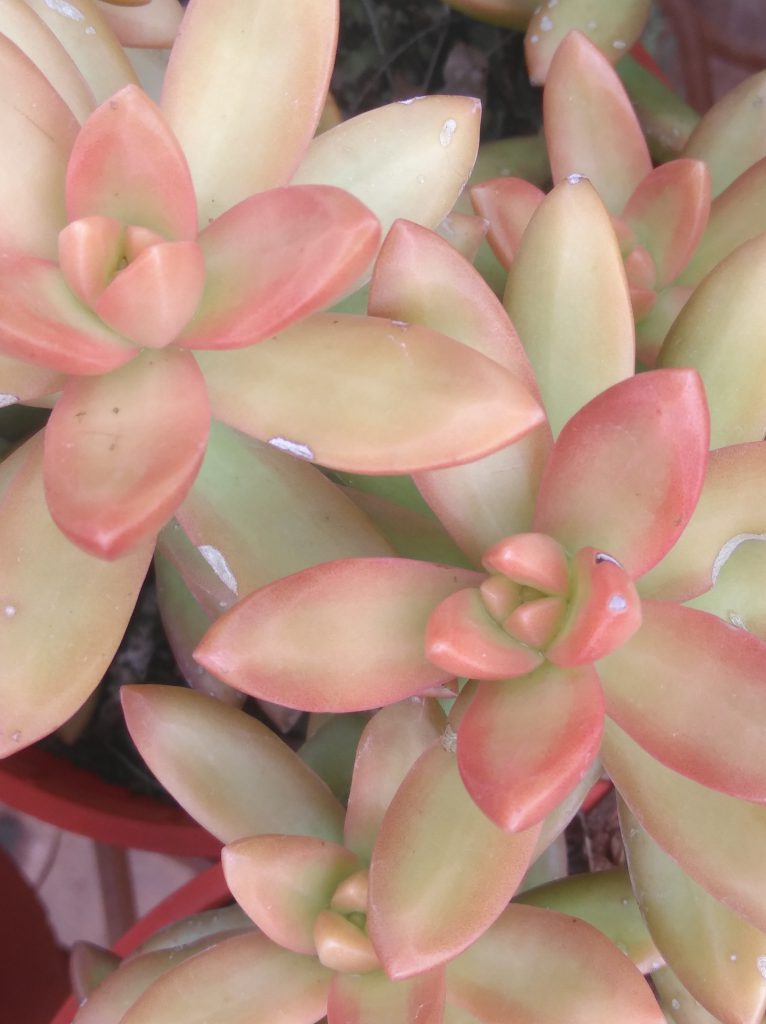
In the flesh
Hardy succulents have adapted to flourish in the harshest and most eco-sensitive of terrains. “These plant types are suited to very dry climates and as such they do not require much in the way of watering,” explains Craig de Necker, managing director of The Friendly Plant.
Succulents’ leaves tend to be “fleshy” and don’t fall with the changes of season – they tend to grow new leaves and the old leaves generally stay attached to the plant as they age and dry off.
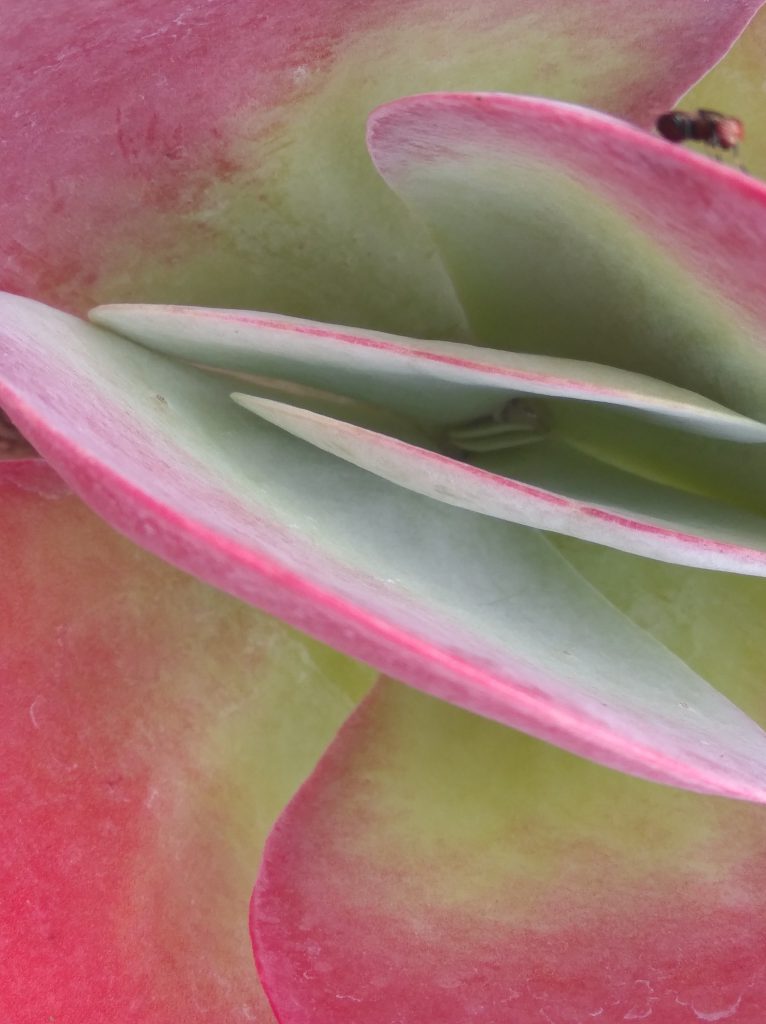
Design ideas
“They’re available in many colours and textures, allowing for incredible contrasts,” says De Necker. Use a combination of your favourite varieties to create a natural-looking garden space or plant en masse to create deliberate swooshes of colour and texture.
Because they’re low-maintenance, they’re ideal for city gardens and beach houses. For a fuss-free yet striking look, amplify their sculptural assets creating a vertical garden. Or use small horizontal-growing ones for indoor terrariums.
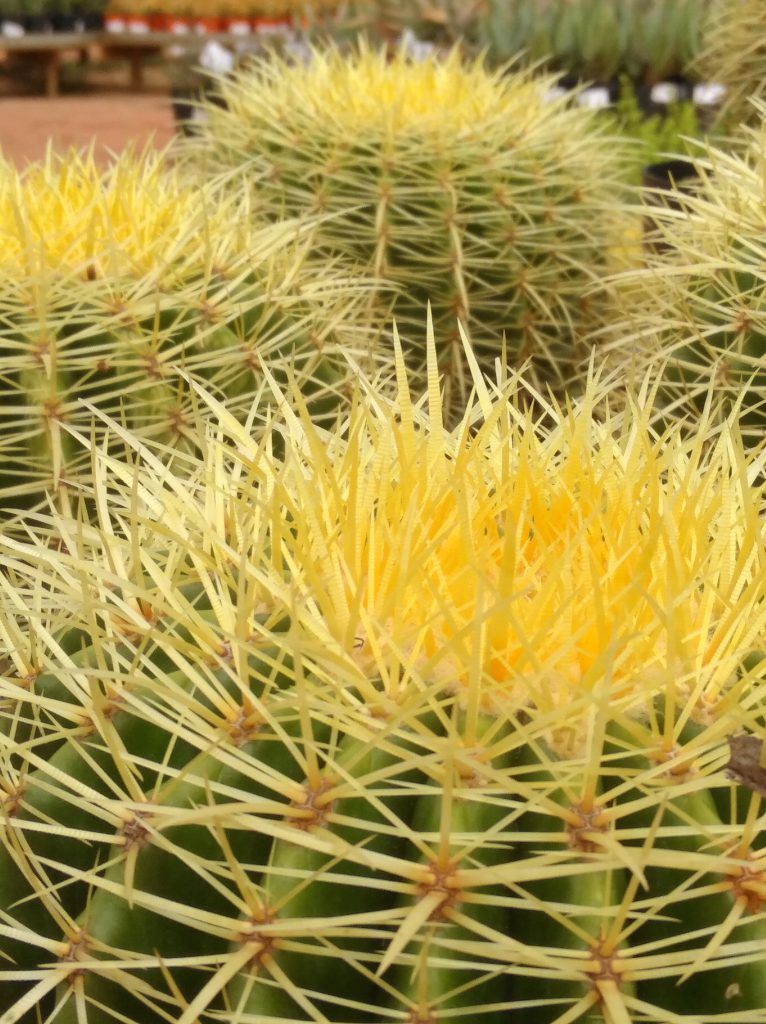
How to plant: Succulents prefer a light sandy soil with good drainage, infrequent watering and full sun. They can tolerate long days of direct sun. These plants are generally not well-suited to clay soils or areas that do not drain well and can easily rot.
What to plant
Carpobrotus and Mesembryanthemum species make great groundcovers; use Crassula species for low planting; cotyledons and Senecio varieties is a good option for adding medium height.
Did you know? Almost half of the world’s 10 000 succulent species originated in South Africa.
In full armour
All members of the Cactaceae family have one thing in common: a need to conserve water. As a result, their bodies have adapted to become water-conservation super-plants.
Design ideas
Most cacti have large ribbed trunks and fluted, globular and columnar plant bodies, which make them ideal focal points in minimalist or xeriscape gardens. For a more naturalistic look, pair with decorative indigenous grasses like Eragrostis spp.
According to Retief, your design should preferably be in the form of naturalistic rockeries. To create interest, combine plants with different growth forms, different plant growth and leaf colours.
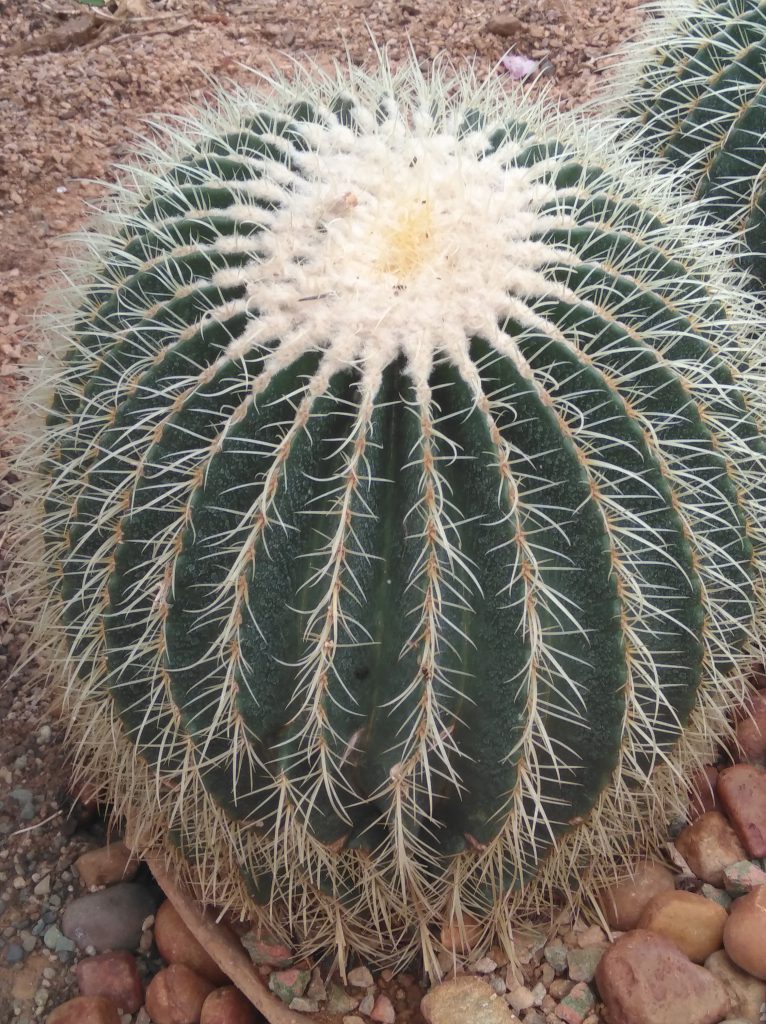
How to plant: Plant in a sunny north-facing spot. Opt for sandy mineral-rich soil – they don’t like wet feet.
What to plant: Echinocactus grusonii, also known as the barrel cactus, is one of the most widely cultivated cacti; Mammillaria backebergiana has luminous purple blooms; Echinocereus nivosus is ideal for small containers.
Did you know? Many succulents can easily be propagated simply by placing cuttings (stem and leaf) in a bed of river sand.
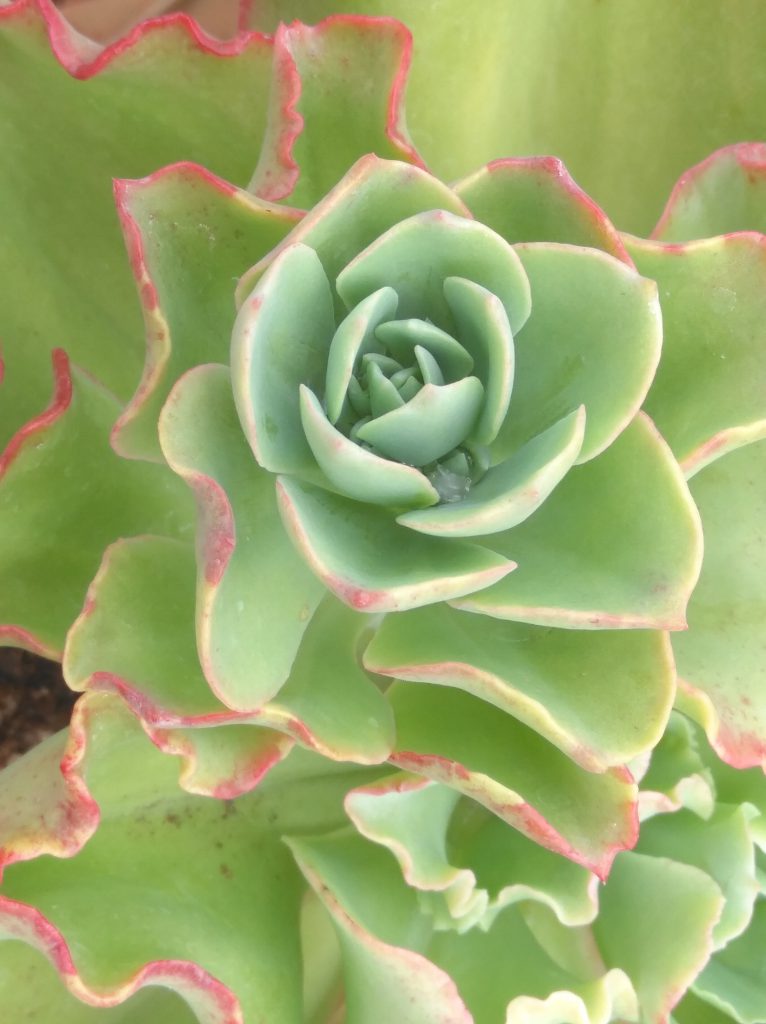








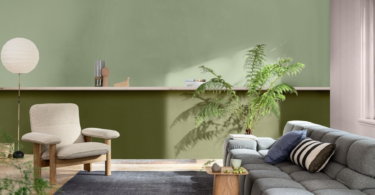
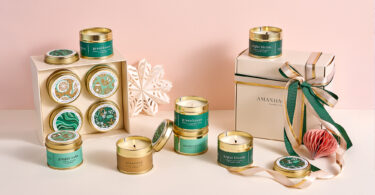
Leave a Comment